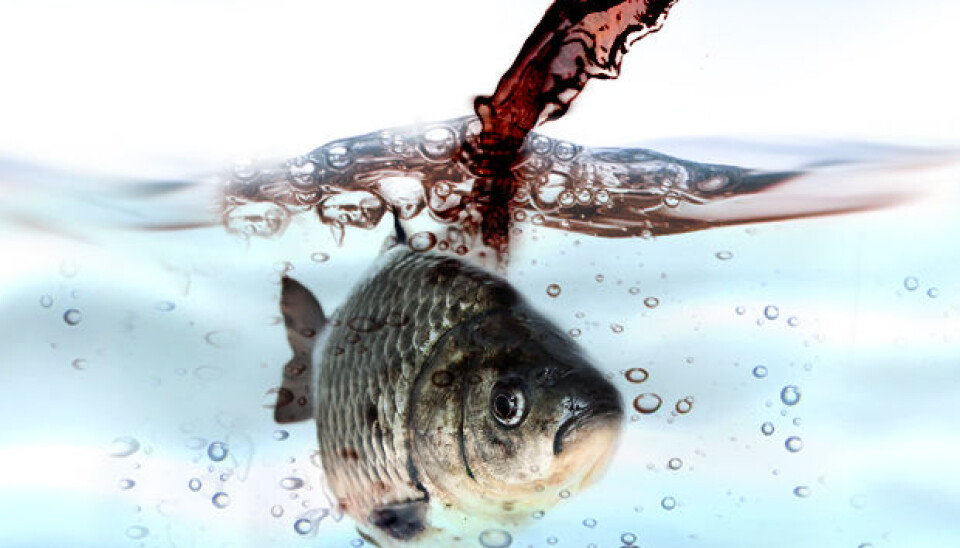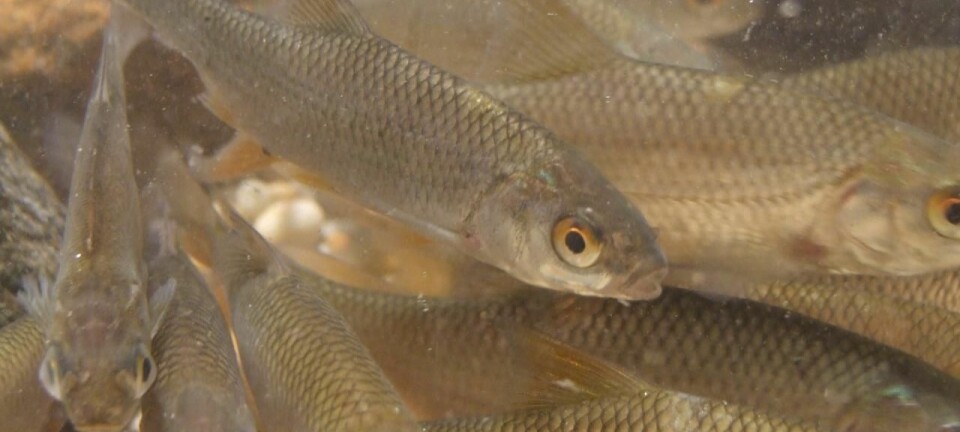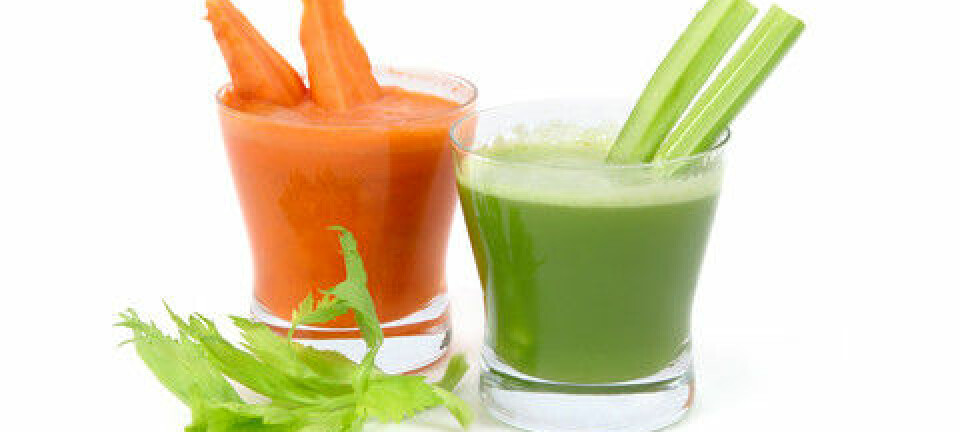
Sweeteners flow out into nature
Sweeteners from diet sodas are discharged into the wastewater from sewage treatment plants, and there are no limits to how much they can discharge. Researcher believes these substances might affect animal behaviour.
When a diet soda has passed through a person’s digestive system, the remains of the sweetener are likely to end up in the wastewater.
A new Nordic study shows that wastewater from sewage treatment plants contains the sweeteners aspartame, sucralose and cyclamate, and there are actually no rules on how much of these substances a plant can discharge.
Jacob Strand, a senior researcher in biology, specialising in ecotoxicology at Aarhus University, comments on the new study:
“Most sweeteners are not very well retained,” he says. “They dissolve in water and can thus easily escape the filters and flow out into the wastewater.”
I could easily imagine that it could have an effect on fish. Perhaps the way the taste of the water changes confuses the fish so they cannot find their way to the breeding locations.
There are no rules because it has so far not been possible to demonstrate that the sweeteners affect the environment.
”Scientists have not observed any acute effects when these substances end up in the environment, and not a lot is known about the long-term effects,” says Susanne Boutrup, a chief consultant at Aarhus University’s Danish Centre for Environment and Energy (DCE).
Crayfish become hyperactive and hungry
Jakob Strand believes that the sweeteners may affect animal behaviour:
”A Swedish study recently found that crayfish get hungrier and start looking for food when there are sweeteners in the water. The crayfish could taste the sweetness in the water, and it was this that made them go looking for food.”
He believes that since the sweeteners have an effect on crayfish and humans, they may also have an effect on other animals – and these are effects that cannot be identified in studies of biological damage.
”I could easily imagine that it could have an effect on fish. Perhaps the way the taste of the water changes confuses the fish so they cannot find their way to the breeding locations,” he says.
Alternative to artificial sweeteners coming up
One might worry that as we’re seeing more and more products with sweeteners, there will be an increase in the discharge of artificial sweeteners into the wastewater. But fortunately, a natural alternative is on its way.
In 2011, the Stevia herb was approved for use in foods in Denmark. Compounds in the herb’s leaves are 450 times sweeter than sugar.
According to Per Bendix Jeppesen, an associate professor at Aarhus University’s Department of Clinical Medicine and an expert on sweeteners, an increasing number of products will be replacing the synthetic substances with the herb:
”It has taken some time for product developers to open their eyes to Stevia, but now we’re seeing yogurts, ice creams and chocolates that contain the isolated sweet compounds of the herb, and in the future we’ll be seeing many more such products. We have seen this in other countries such as France and Switzerland, which approved the herb many years before Denmark did,” he says.
Jeppesen is not worried that Stevia will cause problems in the wastewater.
”There are no problems where they grow it, and it occurs naturally. Aspartame, sucralose and cyclamate are synthetic substances.”
-----------------------
Read the Danish version of this article at videnskab.dk







